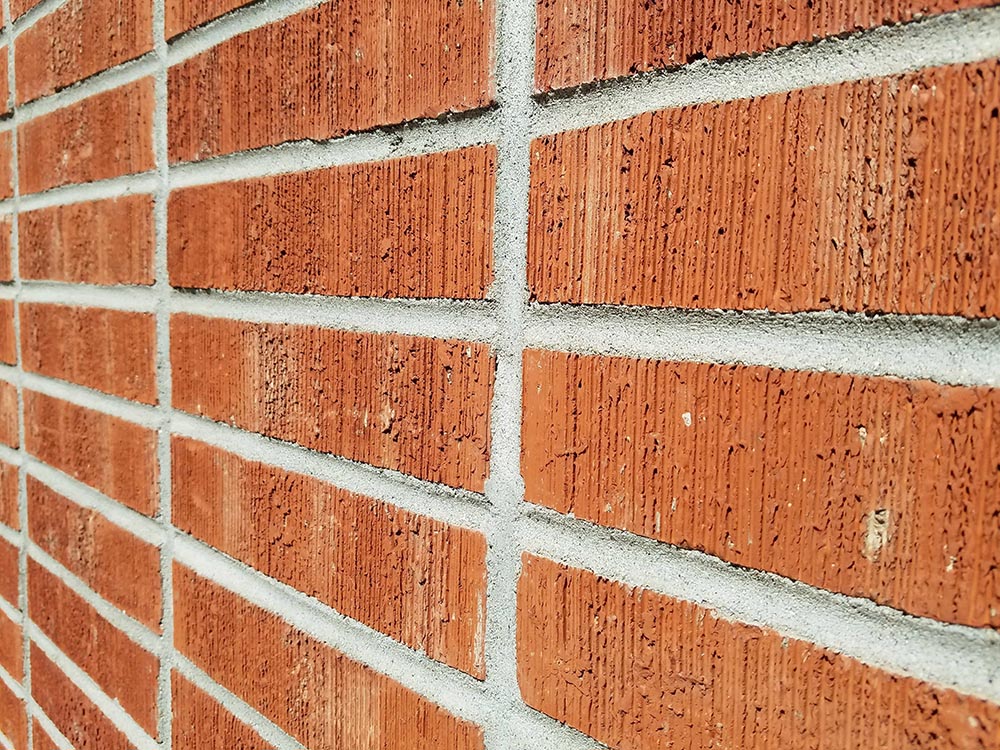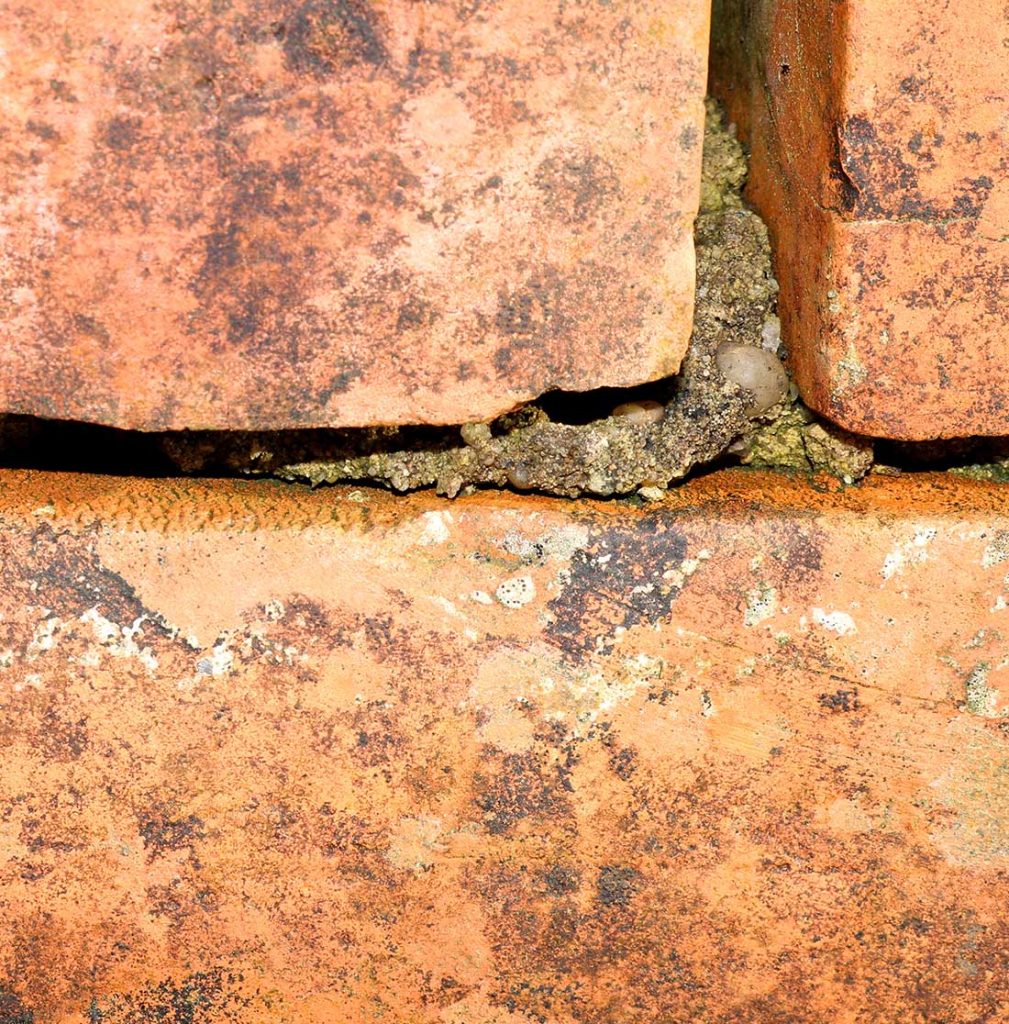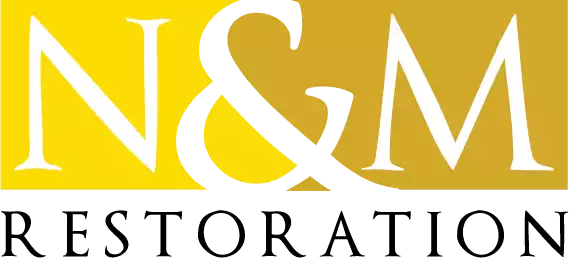Tuckpointing and repointing are two terms that are often used interchangeably to refer to the process of repairing damaged mortar joints in masonry structures. While the two terms are related, they refer to different techniques that are used to repair different types of damage to mortar joints. In this article, we will explore the differences between tuckpointing and repointing, including when each technique is appropriate and how to choose the right option for your masonry structure.

What is Tuckpointing?
Tuckpointing is a technique that is used to enhance the appearance of brick or stone masonry by creating the illusion of fine joints between the bricks or stones. This technique involves using two different colors of mortar to create the appearance of a thin, neat joint between the bricks or stones.
Tuckpointing is typically done on structures that are in good condition, but that have mortar joints that have been stained or discolored due to weathering or other factors. The technique involves removing the damaged mortar to a depth of about 1/4 inch and then applying a thin layer of a different colored mortar in the joint. The process is repeated until the joint is filled, creating the appearance of a neat, even joint.
Tuckpointing is primarily a cosmetic technique, and is not typically used to repair structural damage to the mortar joints. While it can help to protect the mortar from further weathering and deterioration, it is not a long-term solution for damaged or deteriorated mortar.
What is Repointing?
Repointing, on the other hand, is a technique that is used to repair damaged or deteriorated mortar joints in masonry structures. Repointing involves removing the damaged mortar from the joint and replacing it with fresh, new mortar.
Repointing is typically done on structures that have significant damage to the mortar joints, such as cracks, missing pieces, or deterioration due to weathering or other environmental factors. The process involves removing the damaged mortar to a depth of at least 1/2 inch, and then cleaning out any remaining debris from the joint. The joint is then filled with fresh, new mortar that is carefully matched to the color and texture of the existing mortar.

Repointing is a more extensive process than tuckpointing, and is typically done to address structural issues with the mortar joints. It is important to have damaged mortar joints repaired as soon as possible, as damaged mortar can compromise the stability of the masonry structure and lead to other issues, such as water infiltration, mold growth, and pest infestations.
Tuckpointing vs. Repointing: Which Technique is Right for Your Masonry Structure?
Determining whether tuckpointing or repointing is the right technique for your masonry structure depends on the extent of the damage to the mortar joints. Tuckpointing is typically appropriate for structures that are in good condition, but that have discolored or stained mortar joints that detract from the appearance of the structure.
Repointing, on the other hand, is appropriate for structures that have significant damage to the mortar joints, such as cracks, missing pieces, or deterioration due to weathering or other environmental factors.
To determine the extent of the damage to the mortar joints, it is important to inspect them regularly. Here are the steps you can take to properly inspect your mortar joints:
- Start by visually inspecting the mortar joints from the ground. Look for any cracks, missing pieces, or other signs of damage.
- Use a small tool, such as a screwdriver, to gently poke at the mortar joints. If the mortar crumbles or falls away easily, it may be deteriorating.
- Check for any gaps between the bricks or stones. This can be a sign that the mortar has shrunk or deteriorated.
- Look for any signs of water infiltration, such as staining or discoloration on the masonry.
If you notice any of these signs of damage to your mortar joints, it is important to have them repaired as soon as possible. Delaying repairs can lead to further damage and more extensive repairs in the future.
DIY vs. Hiring a Pro
While it is possible to do tuckpointing and repointing as DIY projects, it is important to consider the scope of the repairs needed before deciding to tackle the job yourself.
Tuckpointing is a relatively simple technique that can be done by homeowners with some basic masonry skills. However, it is important to match the colors and textures of the existing mortar closely, to ensure that the repair looks natural and blends in with the rest of the masonry.
Repointing, on the other hand, is a more complex and time-consuming process that requires specialized tools and skills. If you have significant damage to your mortar joints, it is best to hire a professional masonry contractor to complete the repairs.
When to Hire a Pro
In general, it is best to hire a professional masonry contractor for repointing projects, especially if you have significant damage to your mortar joints or if the repairs are extensive.
A professional contractor will have the experience and tools needed to properly repair the damaged mortar and ensure that the repairs are structurally sound. They will also be able to match the colors and textures of the existing mortar closely, ensuring that the repairs blend in with the rest of the masonry.
In addition, hiring a professional contractor can help you avoid costly mistakes and ensure that the repairs are done safely and properly.
Conclusion
Tuckpointing and repointing are two techniques that are used to repair damaged mortar joints in masonry structures. While tuckpointing is primarily a cosmetic technique, repointing is used to address structural issues with the mortar joints.
To properly inspect your mortar joints, it is important to visually inspect them from the ground, poke at them gently with a tool, and look for signs of water infiltration or gaps between the bricks or stones.
If you have significant damage to your mortar joints, it is best to hire a professional masonry contractor to complete the repairs. This will ensure that the repairs are done properly and safely, and will help you avoid costly mistakes and further damage to your masonry structure.




